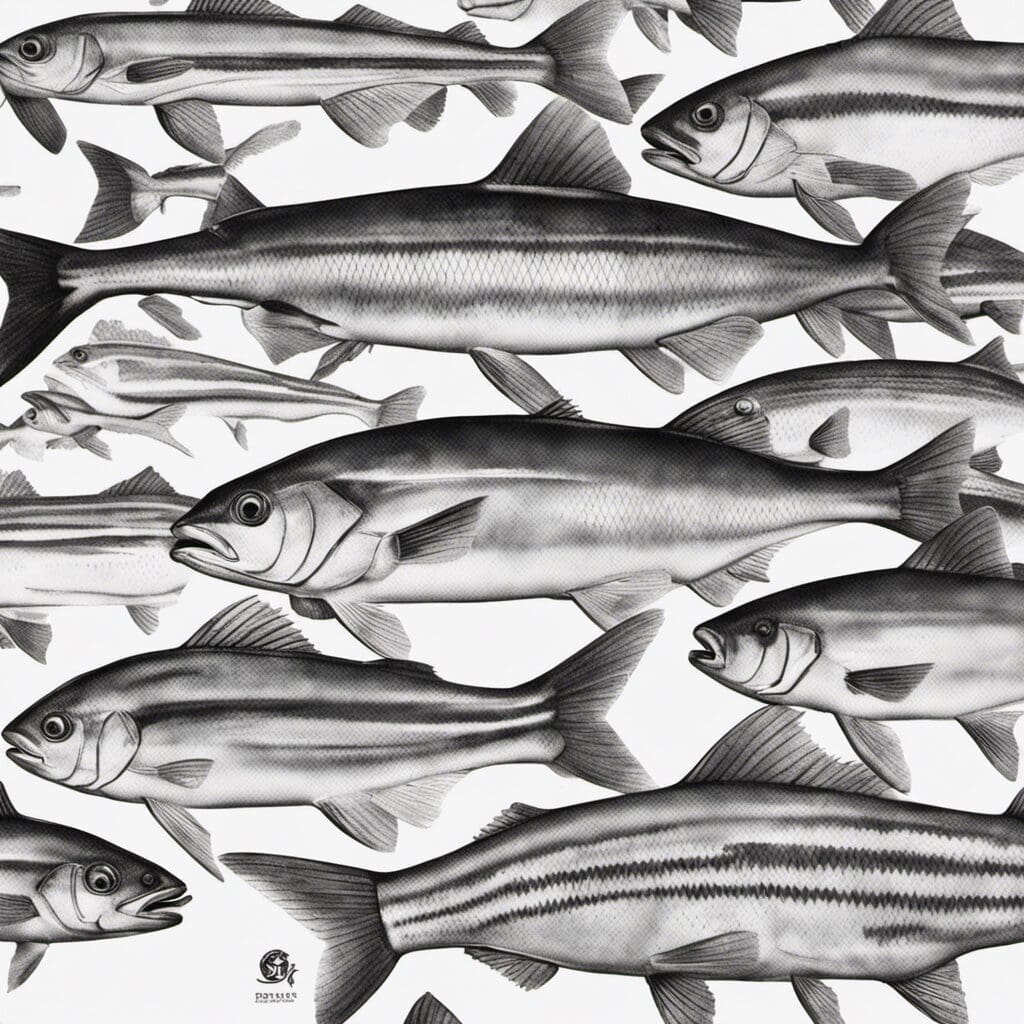Introduction
The Rubberlip Seaperch, scientifically classified as Rhacochilus toxotes, is a member of the Embiotocidae family.
Conservation Status
The Rubberlip Seaperch has not been evaluated for the International Union for Conservation of Nature’s Red List and is currently not considered as an endangered or threatened species.
Statistics
| Average Length | Length Range | Average Weight | Weight Range | Average Lifespan |
|---|---|---|---|---|
| 11 inches (28 cm) | 8 – 15 inches (20 – 38 cm) | 5 pounds (2.25 kg) | 3 - 10 pounds (1.36 – 4.53 kg) | 4 – 6 years |
Distribution
Primarily distributed along the coasts of the Eastern Pacific, from Santa Cruz, California to Central Baja California, Mexico. No specific migration patterns for this species have been identified.
Habitats
Rubberlip Seaperch are saltwater fish that inhabit shallow waters within 10 to 60 feet in depth. They can be found in temperature ranges of 50 – 70°F (10 – 21 °C).
When and Where to See
These fish are typically active during the day and are often seen in the summer months along rocky shores and kelp beds.
Best Fishing Locations
The Rubberlip Seaperch can be found in abundance in several locations along the Pacific coast:
- Gaviota State Park, California
- Monterey Bay, California
- Crystal Cove State Park, California
- Pelican Bay, California
- Baja California, Mexico
Fishing Tips:
- Look for kelp beds and rocky environments where these fishes are commonly found
- They feed near the bottom, making them great targets for surf fishing
How to Catch
Preferred baits for the Rubberlip Seaperch include shrimp, squid, and sand crabs. Anglers recommend using techniques such as bottom fishing.
Identification Guide
The Rubberlip Seaperch is characterized by its grey-to-brownish back, white belly, and a distinct yellow hue around the mouth and lips, giving it its common name. The dorsal fins have black margins, and the tail and the pectoral fins are slightly yellowish. It displays faint bars on the sides, which differentiates it from the other seaperch species.
Culinary
Rubberlip Seaperch flesh is white and delicate with a sweet flavor. Fish can be grilled, baked, or pan-fried. Nutritional information may vary; however, as a rule, fish provide high-quality protein and vital nutrients.
Recipe (Grilled Rubberlip Seaperch):
- Season fillets with salt, pepper, dry herbs
- Grill over medium heat for 3-4 minutes each side
- Drizzle with lemon juice and serve with a fresh salad
Additional Information
Rubberlip Seaperch feed mainly on bottom-dwelling invertebrates, including sand crabs, shrimp, and mollusks. As mid-sized predatory fish, they serve as an important link in the marine food chain.
References and Further Reading
For more information, refer to the following resources:
- Fishbase.org
- California Fish Website
- Pierfishing – a dedicated platform for angling enthusiasts.

